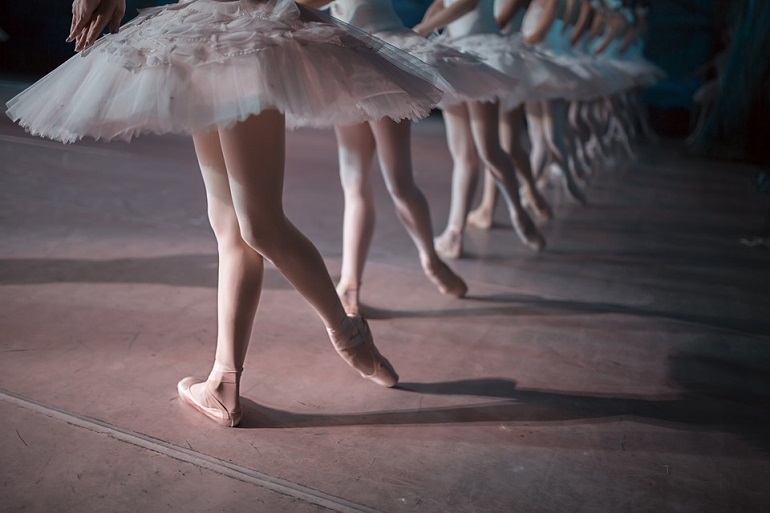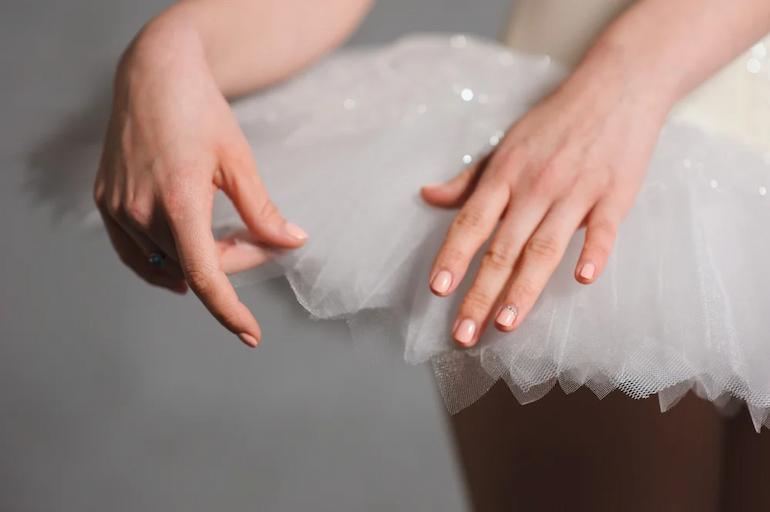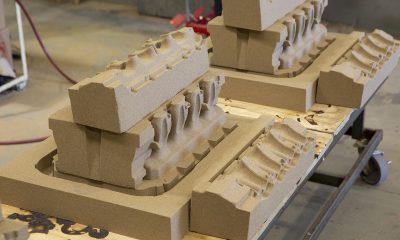Clothing
How to Choose and Care for a Ballet Dance Tutu

Source: thehabitat.com
As an aspiring ballerina, you probably know how important it is to have at least one good pair of dance shoes and an extra pair of tights in your duffel bag. But at this point, know that no pair of shoes and tights can frame and expose the precision and the sensuality of your moves quite like the lovely tutu.
If you’re on the lookout for a tutu to complete your ballet gear, here are some valuable tips on choosing the right one and how to take good care of it so it can accompany you on the stage as long as possible.
Practice vs Performance Tutu

Source: everydayballet.com
First of all, before you hit your favourite ballet store and choose the perfect dance tutu for yourself, it’s important to determine what exactly you need, since there’s a great difference between tutus used for practising and the ones used on the stage. Did you know that ballet dancers don’t always wear the classic tutu in ballet classes, since sometimes it can feel extremely uncomfortable and cost an entire fortune? However, this doesn’t mean that you can’t find a practice tutu to support you on your rehearsals without draining your wallet.
In fact, the tutu you’re going to wear while practising shouldn’t have a bodice – it should rather look like a ruffle that is stitched onto a panty. The panty should be made of two sections- the top section or the Basque that is visible above the frill and the bottom section or the area where the ruffles are attached. This type of tutu will undoubtedly “absorb” the discomfort of being put into something that makes it hard to breathe while giving you the real on-stage feel.
But when it comes to professional or performance tutus, as we already said, they’re extremely uncomfortable and that’s why they’re worn only for the stage. In fact, a good performance tutu should sit very snug and give you a corset-alike feeling, while the lower part should be stretchy to accommodate your legs and the moves you’re about to perform. If you’re wondering why they’re so expensive, know that making a single ballerina tutu takes up to a month and it contains up to 7 layers of tule.
What Are the Best Materials for Tutus?

Source: kennedy-center.org
The material your tutu is made of plays a huge role in how comfortable you feel and the flexibility to perform some moves, so make sure you choose it wisely.
For instance, one of the most commonly used fabrics for dance tutus are lycra and different lycra blends. These fabrics are very flexible and stretchy to accommodate all your moves without changing or deforming after a couple of ballet practices. Mesh is also a popular choice since it’s not as thick as lycra, but it gives you a lightweight, airy feeling and it also comes in many different textures to help you create many different looks.
But if you’re looking for a tutu that will serve you for many upcoming rehearsals, make sure you get a tricot one. This is one of the most solid and durable fabrics and feels very stretchy and comfortable at the same time. Aside from that, tricot is also very versatile and you can find it in many different shiny or matte finishes according to your preferences.
Determine Your Ideal Size

Source: dancesocksbcn.b-cdn.net
But even choosing the most comfortable material for your next ballet tutu would be in vain if you don’t determine your ideal size properly. For this purpose, there’re a couple of measurements you need to take using a flexible measure tape and the help of another person. So, make sure you stand up straight without holding your breath, wear a well-fitting bra and lightweight leotards and start measuring:
- Start by measuring your bust, but make sure you cover the fullest part of it.
- The next part is to measure is your waist, but make sure you wrap the tape around the natural waist indentation. To determine the right place to measure, you can put a ribbon or an elastic belt around your waist, and walk and twist around. The belt will naturally fall into the perfect area to measure.
- The next step is to measure your underarm to the waist, so make sure you relax your arm and measure from your armpit to your natural waist area.
- Next is your back-waist length, and for this purpose, measure from the prominent bone at the base of your neck, down your spine to the bottom edge of your natural waist area.
- Your Basque’s depth is one of the most important measurements, covering the distance from your waist to the bottom of your tutu. Basques are approximately 7 to 12 cm wide, so make sure you choose what’s most optimal for you, but have in mind that choosing a too long one will make you hinder and prevent you move your legs properly.
- After you determine the Basque depth, measure your hips (the largest part of your buttocks) to determine the width.
Once you get all these measurements, make sure you record them and take a look at the manufacturer’s sizing chart to determine the perfect fit for you.
How to Take Care of Your Tutu?

Source: thehabitat.com
Once you find the perfect tutu for your ballet practice and performances, don’t forget to take proper care of it so you keep it looking as new as longest as possible.
Once you’re done with your rehearsal, make sure you keep your tutu in a flat position on a hanger, so you prevent wrinkling and bending it. Also, while carrying your tutu on your practises or performances, make sure you put it in a specially designed tutu bag. But before you stuff it inside, know that the tutu should be gently folded with the ruffles facing the outside. This is the best position to prevent spoiling the lift of the ruffles. However, make sure you don’t put anything on top of it or fold it too tightly, since this way you will only bend the hooping wire and damage the entire tutu.
When it comes to keeping your tutu clean, know that it’s not recommended to wash it since some materials can stretch, weaken and soften. But those sweaty practise sessions, body oils and tons of make-up are making it impossible to skip the washing part. For this purpose, make sure you lay your tutu in a bathtub, using warm water and just a little bit of very mild detergent, to avoid crushing and damaging the fabric. If your tutu has a metal hoop, make sure you remove it so it doesn’t rust or “bleed” colour onto the fabric.
But know that your tutu should be washed only occasionally when you truly can’t skip it. So, to avoid hitting your ballet classes or the stage with a dirty tutu, it’s always a better idea to spot clean the dirty areas, and use an odour-removing spray.
As a proud Pisces known for the selflessness, Olivia joined up the blog fascinated by the idea she can help readers with info on topics and their related benefits like health and beauty, travel, food and drinks. When not writing, she likes to call it a day reading comic books in the company of her Tonkinese cat Chatty or binge-watching The Big Bang Theory with her SO like the nerd she is.


























